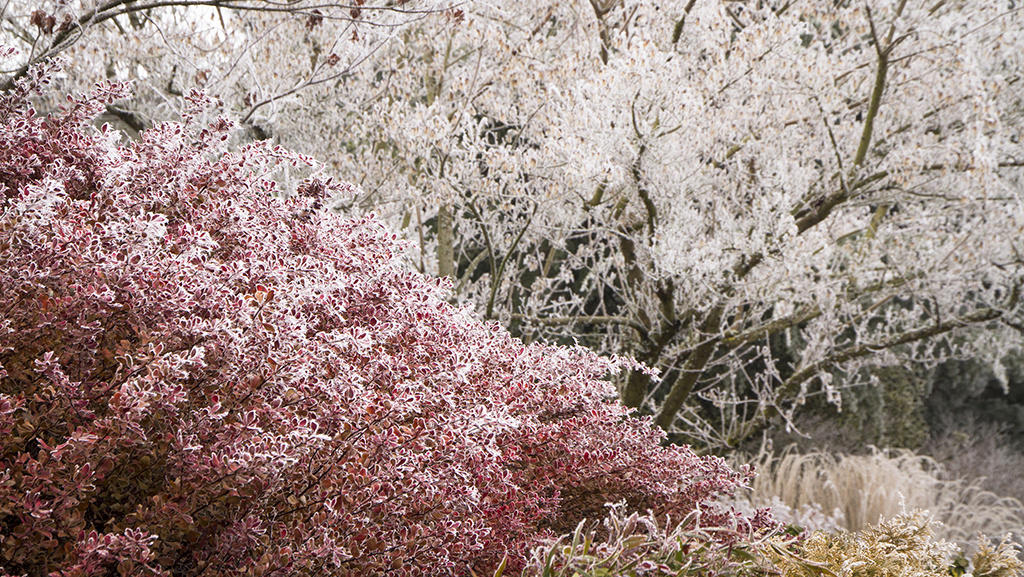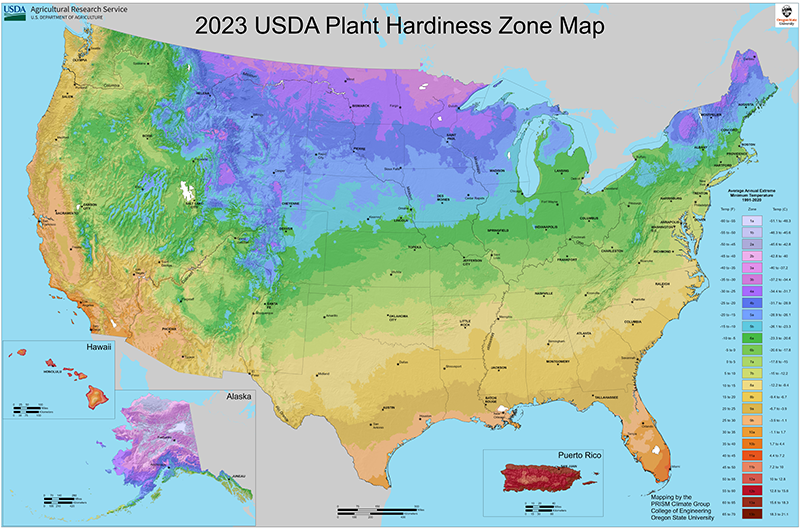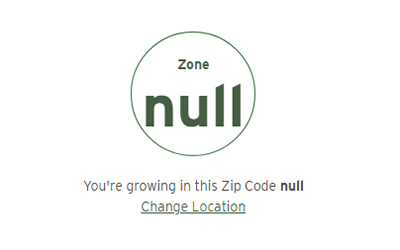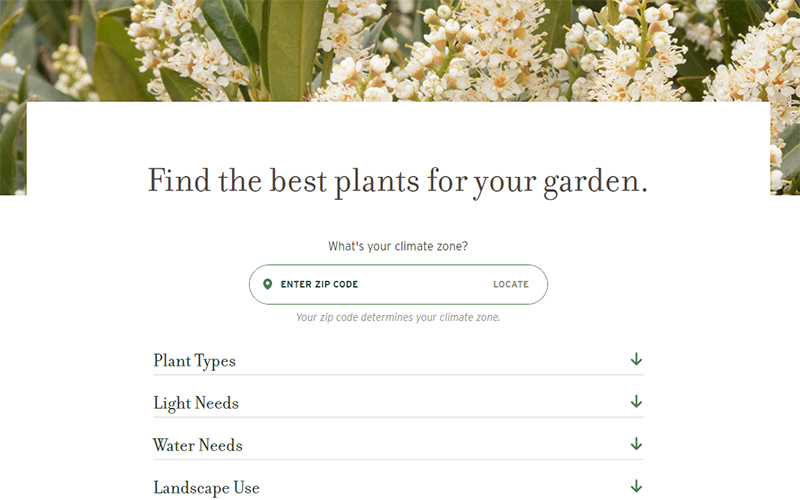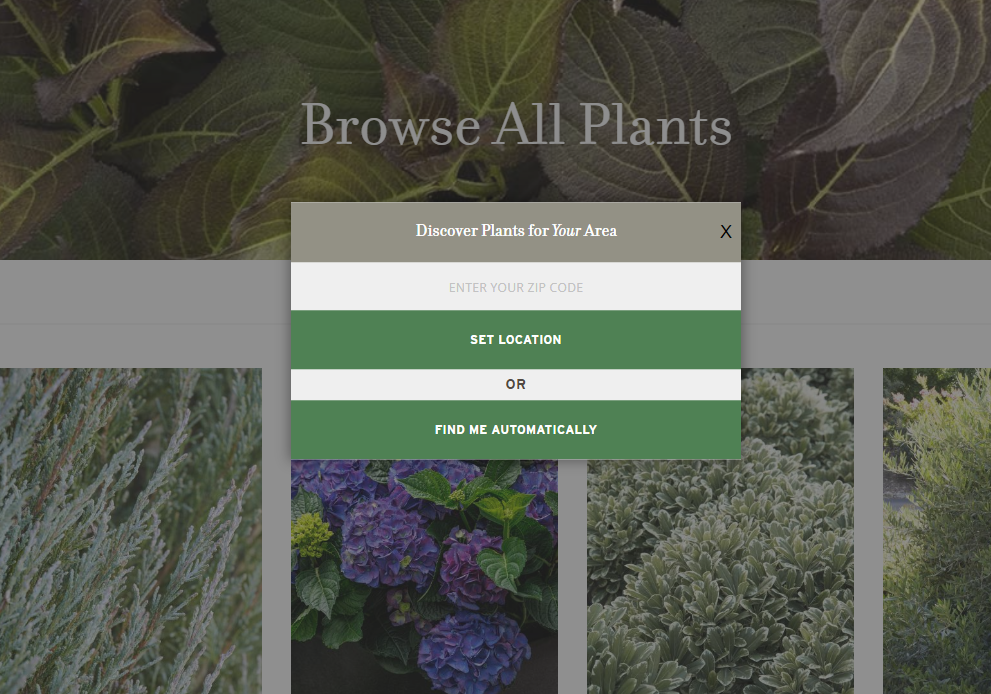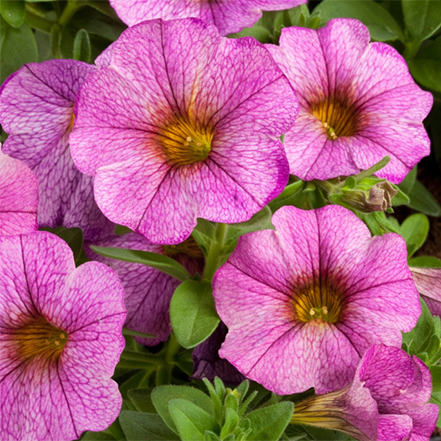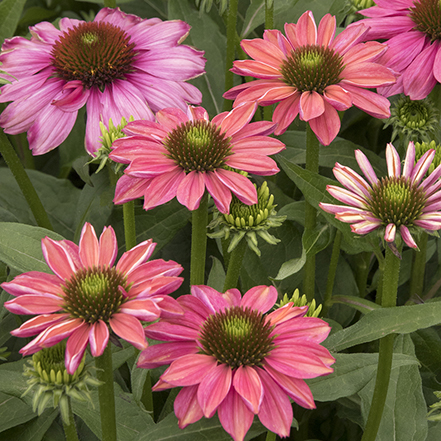When it comes to confident gardening, there's one fundamental rule that stands above all: choose plants that are suited to your local climate. The cold, heat, humidity, and rainfall that your garden experiences throughout the year significantly influence a plant's ability to flourish and thrive.
The most valuable tool that helps gardeners decipher one aspect of their climate — cold weather temperatures — is the USDA Plant Hardiness Zone Map, which was updated in late 2023.
This recent update was crafted by the PRISM Climate Group at Oregon State University and is the most data-rich version to date. Utilizing information from 13,625 weather stations across the United States, including Puerto Rico, this update reflects a more accurate representation of winter temperatures. As a result, some Zones experienced changes.
New Year, New Planting Zone?
The 2023 USDA Plant Hardiness Zone Map update set the gardening world abuzz as many gardeners discovered that they were now in a new USDA Planting Zone. Many Zone 4 gardeners in northern areas of the country, for instance, were celebrating a new Zone 5 designation, which can potentially open their plant options up immensely.
Does a new USDA Zone change what you plant?
There was a lot of excitement when the updated 2023 USDA Zone map came out, and rightly so. Many of us have a few of those coveted plants that we've always wanted to plant but couldn't due to Zone restrictions. However, if you experienced a Zone change, we recommend approaching your new Zone plant list with some restraint this spring.
Why exercise caution as you experiment with your new Zone? Because a plant's ability to not only survive, but thrive, depends on more than just cold temperatures and the cold hardiness of a plant.
Your garden's unique set of circumstances plays a crucial role in determining the resilience of your chosen plants. Frost timing, snow cover, summer heat, drought, wind, soil, moisture, and the duration of cold snaps all affect plant survival. Your local climate, soil, growing conditions, and microclimates add a complexity not fully reflected in the USDA Zone Map.
As for trying new plants, that's part of the fun of gardening! We say go for it, but with some consideration as you explore this new frontier. As Mary Shier says on her blog, My Northern Garden, "Don't plant anything you can't afford to kill." Just because you have a new Zone does not mean that all plants with that Zone designation will survive in your garden.
When you try new plants, you may find some new favorites that love living in your garden; you wouldn't have found them if you didn't try. And you'll also likely find plants that don't love living in your garden, too. That's the joy of the experiment of gardening!
Understanding the USDA Cold Hardiness Zone Map
(Above) The latest USDA Plant Hardiness Zone Map; updated at the end of 2023.
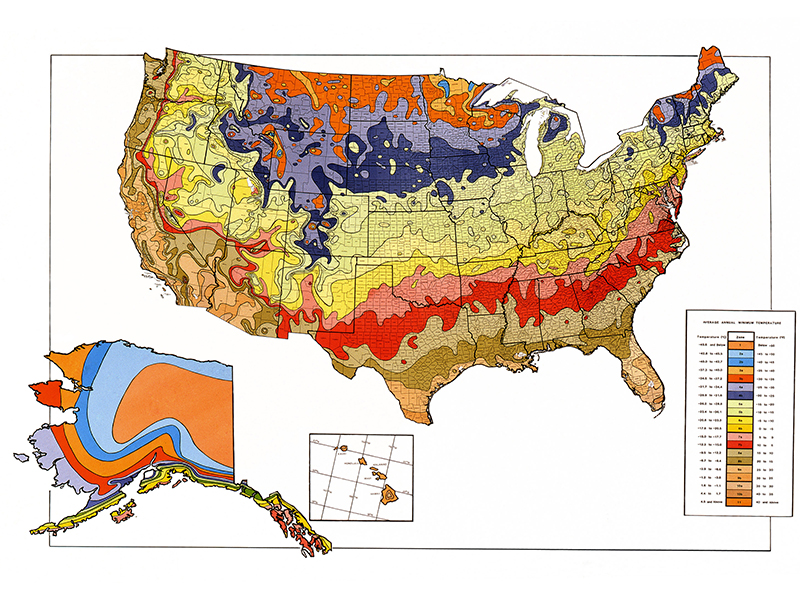
(Above) The 1990 edition of the USDA Plant Hardiness Zone Map
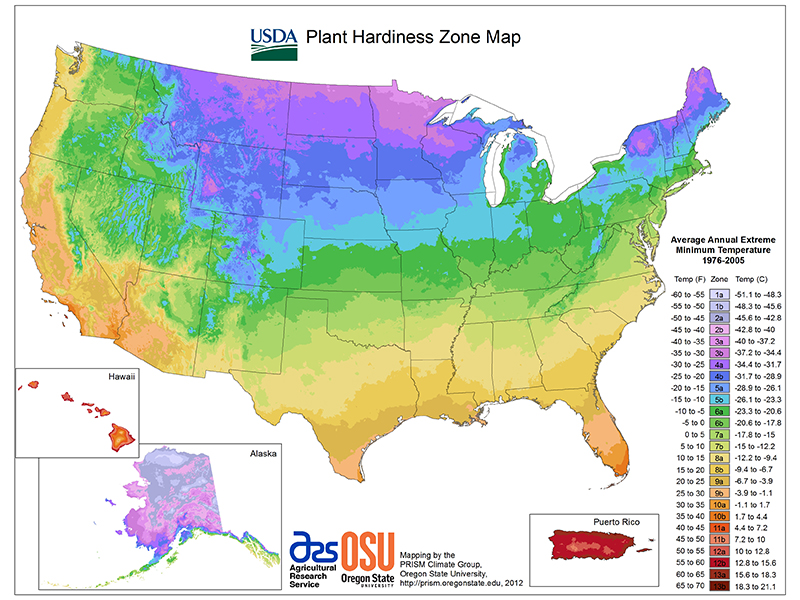
(Above) The 2012 edition of the USDA Plant Hardiness Zone Map
First introduced in 1960 and subsequently updated in 1990, 2012, and 2023, the USDA Plant Hardiness Zone Map remains a pivotal resource for gardeners and growers alike. The map is based on the average annual minimum winter temperature and is divided into 10°F Zones, offering a comprehensive view of the temperature ranges across the United States.
Accessing the map is easy — you can explore an interactive GIS-based map or simply input your zip code to discover the hardiness Zone for your area. This information becomes crucial when selecting plants that can withstand the average minimum temperatures of your region.
What's My Planting Zone? Discover Your USDA Planting Zone by Zip Code
The easiest way to find your USDA planting Zone is to use your zip code in a Zone finder tool. You can use the map on the USDA website, the My Plantfinder tool, or the Zone finder tool when you're browsing plants on our website to determine your Zone. Click "Change Location" if it didn't automatically find your Zone when you started browsing. Just put in your zip code and discover your planting Zone — it's as easy as that!
(Above) Enter your zip code on My Plantfinder to find your USDA planting Zone.
(Above) Or, click on "Change Location" on the left side of the screen when browsing plants and put your zip code in to learn your growing Zone.
USDA Zone Limitations for Gardeners to Consider
While the USDA Zones are invaluable, it's crucial to recognize their limitations. Extreme weather events, especially when occurring outside typical temperature ranges, can challenge even the hardiest plants. Factors such as timing, wind, and moisture levels can influence a plant's ability to withstand these events.
It's important to note that USDA Zones are determined by winter temperatures and do not account for summer highs. Maximum Zone listings on plants are general guidelines based on a plant's tolerance for higher temperatures. As such, they should be complemented by consideration of local conditions such as humidity, drought, soil, wind, rainfall, and overall weather patterns.
The USDA Plant Hardiness Zone Map is an important tool for gardeners seeking to make informed decisions about plant selection. By understanding your local hardiness Zone, you can ensure the longevity and vitality of your garden. However, remember that it's just one piece of the puzzle — your local garden center remains the best resource for finding plants adapted to your specific climate's nuances, ensuring a thriving and vibrant garden.
USDA Planting Zones, Annuals, and Perennials
(Above) SuperCal® hybrid petunia is a frost-tender annual in most Zones.
(Above) Evolution™ Colorific™ Coneflower is a perennial in Zones 4-9.
What's the difference between an annual and a perennial?
USDA Hardiness Zones serve as a key factor in classifying annual and perennial plants. Annuals, known for adding quick bursts of color, structure, or texture to gardens or containers for just one season, are often labeled as "seasonal" at garden centers. On the other hand, perennials are plants that return year after year when cultivated in the appropriate USDA Hardiness Zone and conditions.
Frost sensitivity is a key characteristic of annuals, which often succumb to the first frost. While some frost-hardy annuals exist, they are generally still vulnerable to freezing temperatures and can be damaged after the initial freeze. In warmer climates (Zones 10-13), most annuals can be cultivated as perennials, offering sustained beauty in your warm-zone garden.
Get More Gardening Tips to Grow Confidently
- Sign up for the Grow Beautifully newsletter. You'll get first access to exclusive plants, new editions, live webinars, free digital guides, expert design advice, and gardening tips.
- How to Deadhead Flowers: Pinching and Pruning for Lasting Blooms
- Top 10 Tips for Planting Shrubs, Trees, and Perennials in Summer
- Our Top 10 Gardening Tips for Growing Confidently
- Your Complete Guide to Growing Roses
- A Step-by-Step Guide on Caring for Roses in Summer
- Your Guide to Hydrangea Types: The Right One for Your Garden
- Blueberry Care Guide
- Camellia Care Guide
- Conifer Care Guide
- Hibiscus Care Guide
- Azalea Care Guide
- Hydrangea Care Guide




